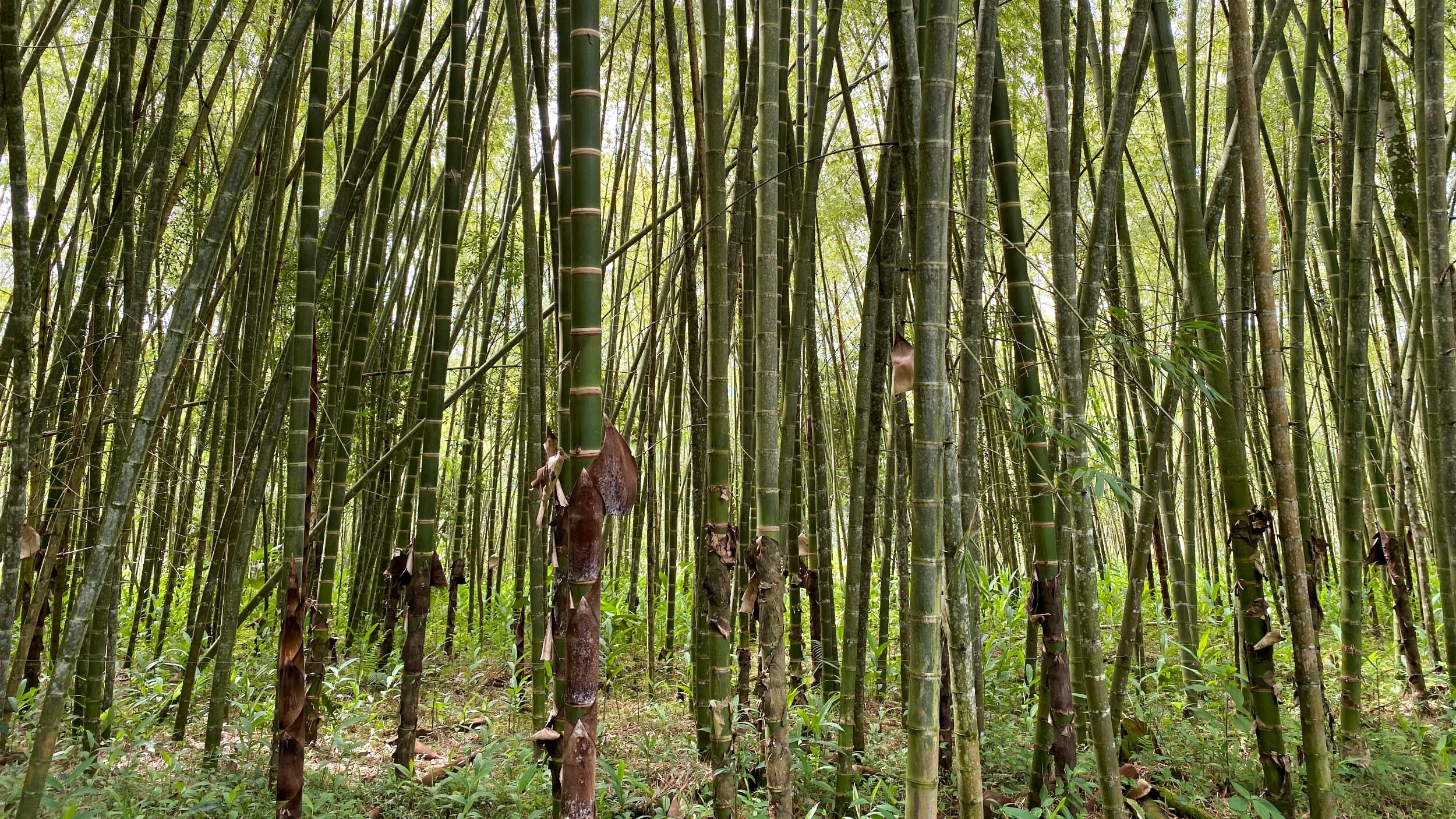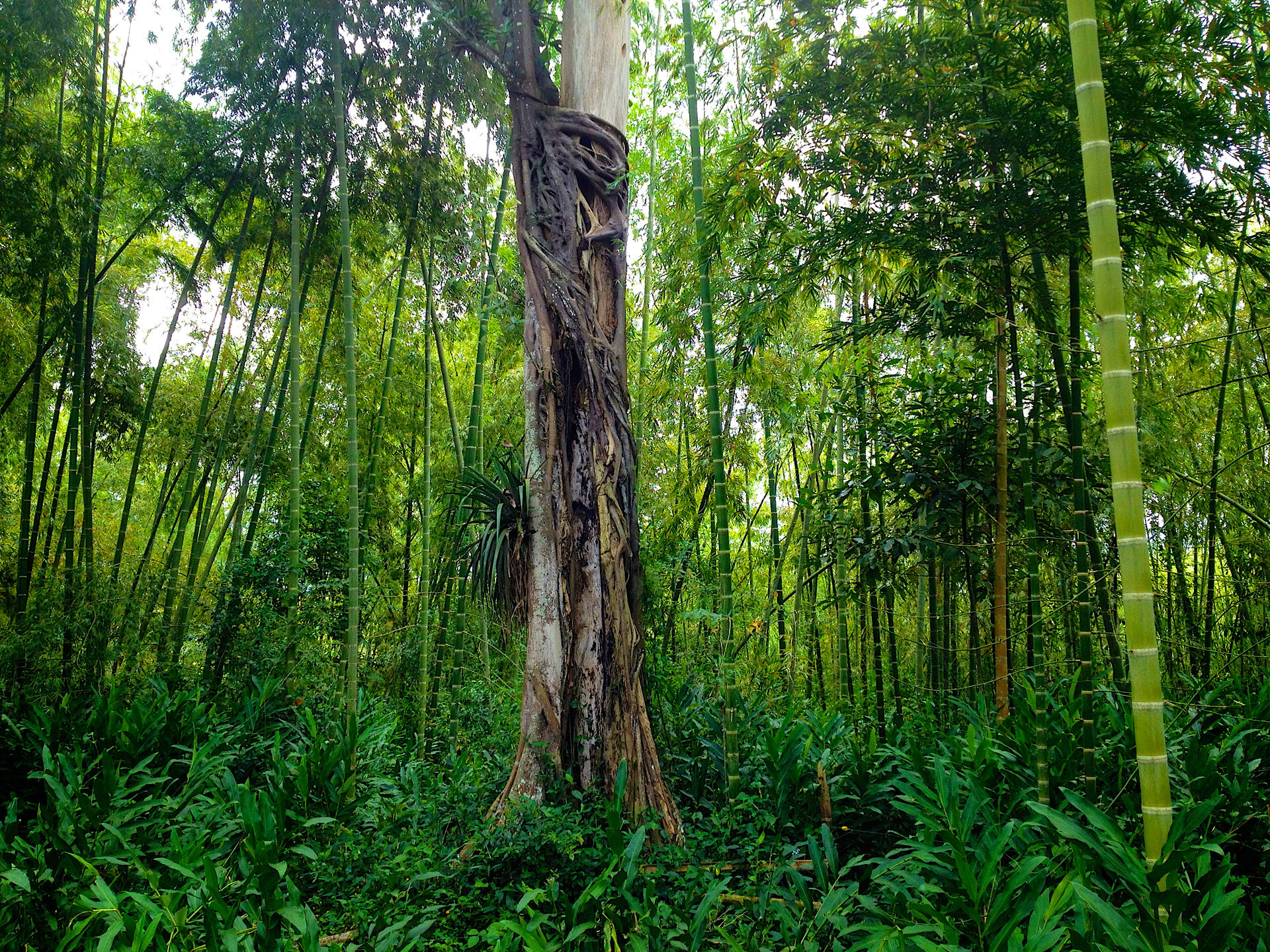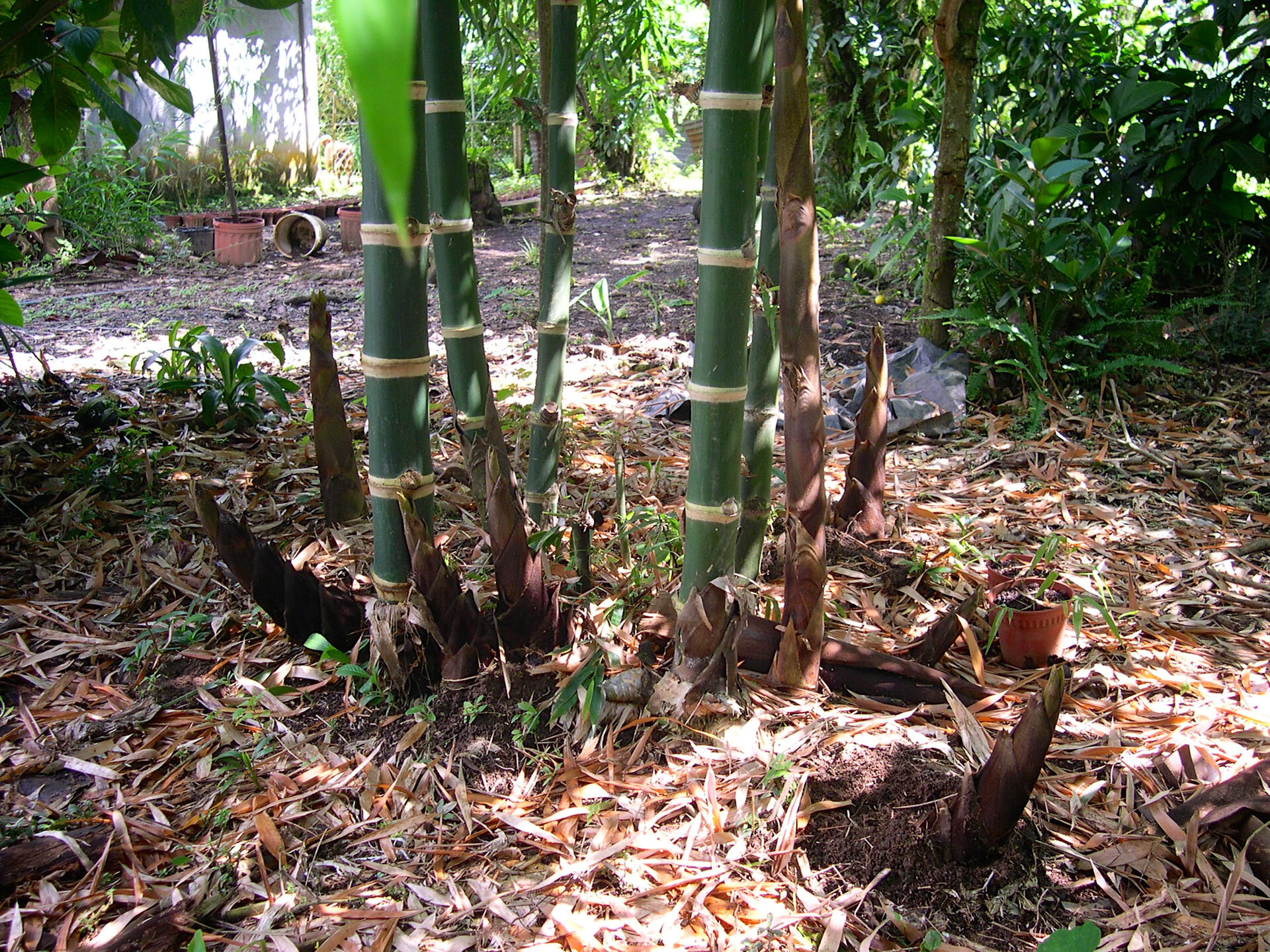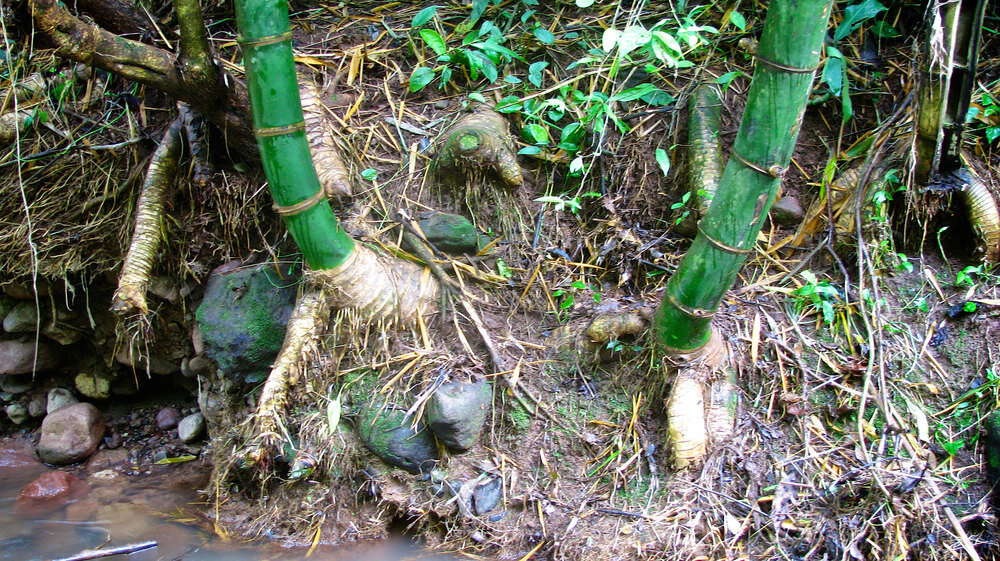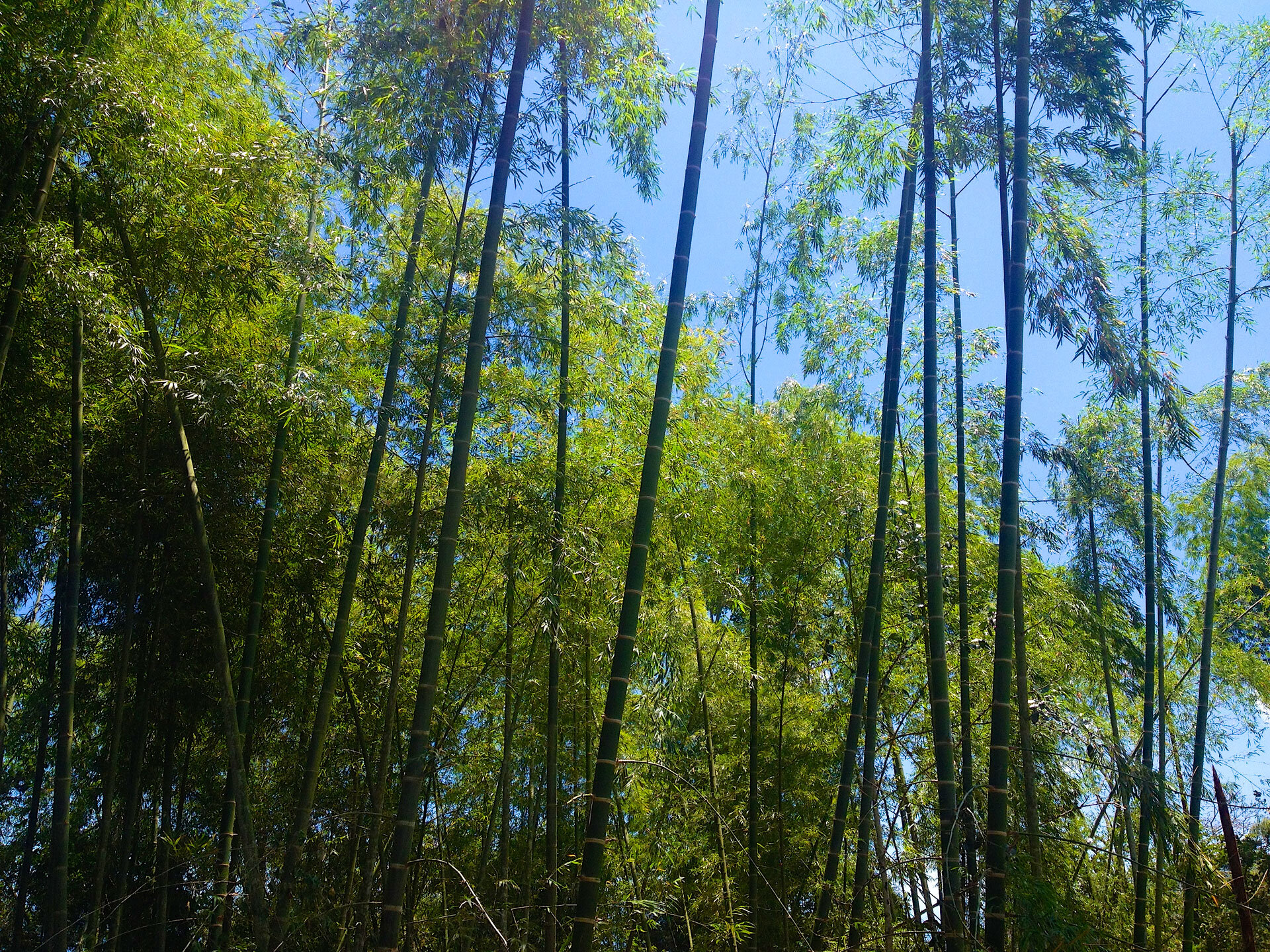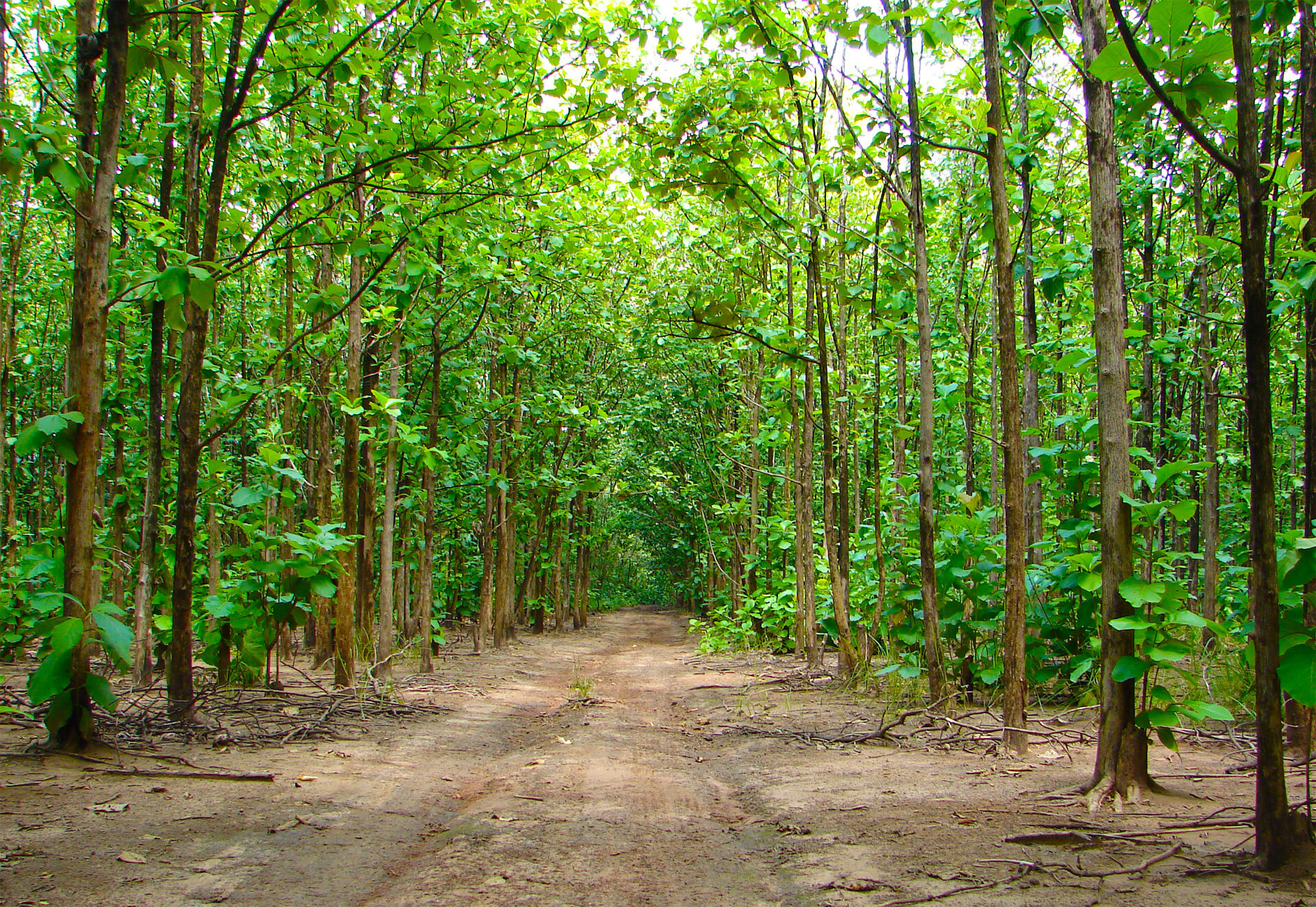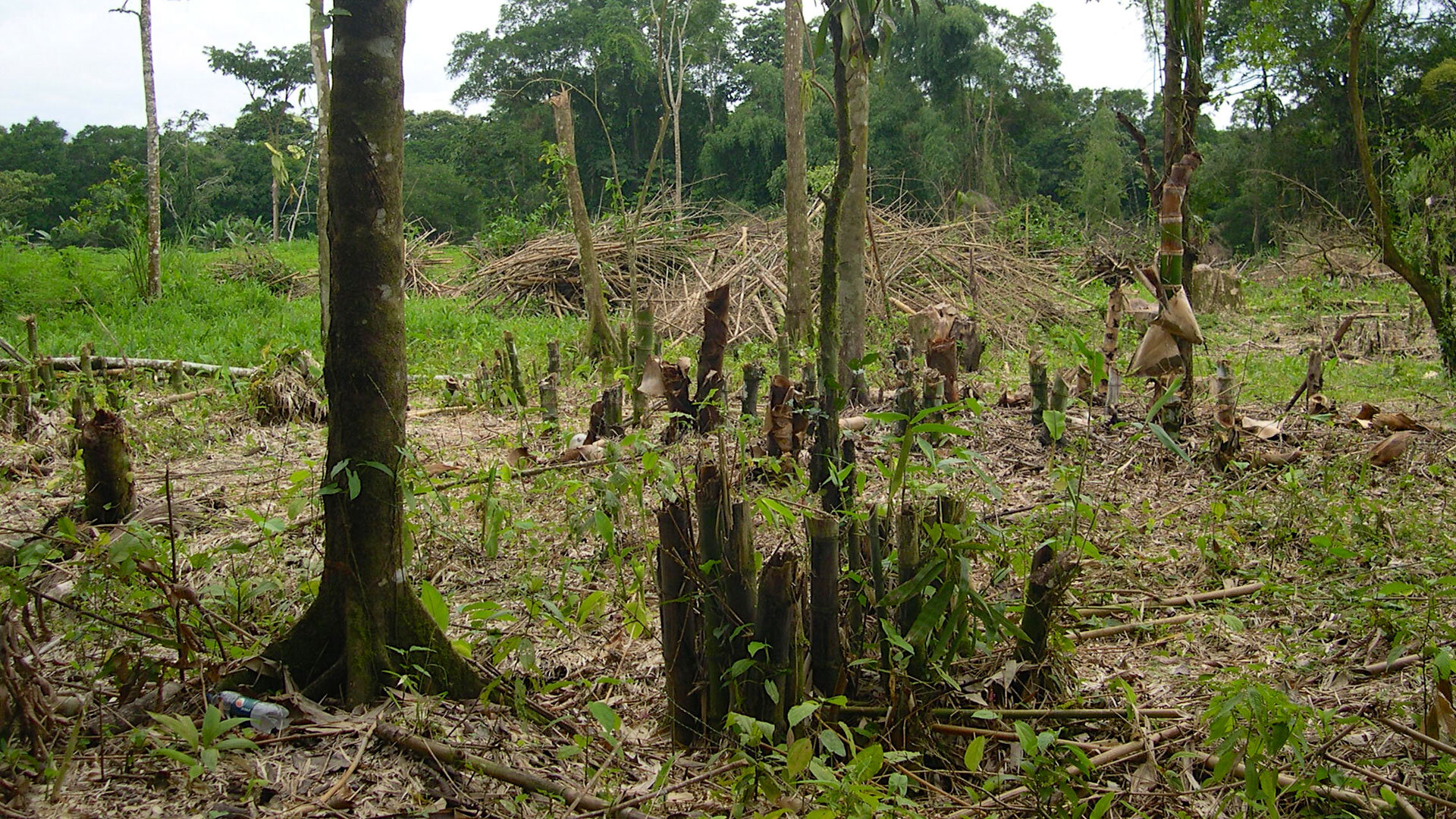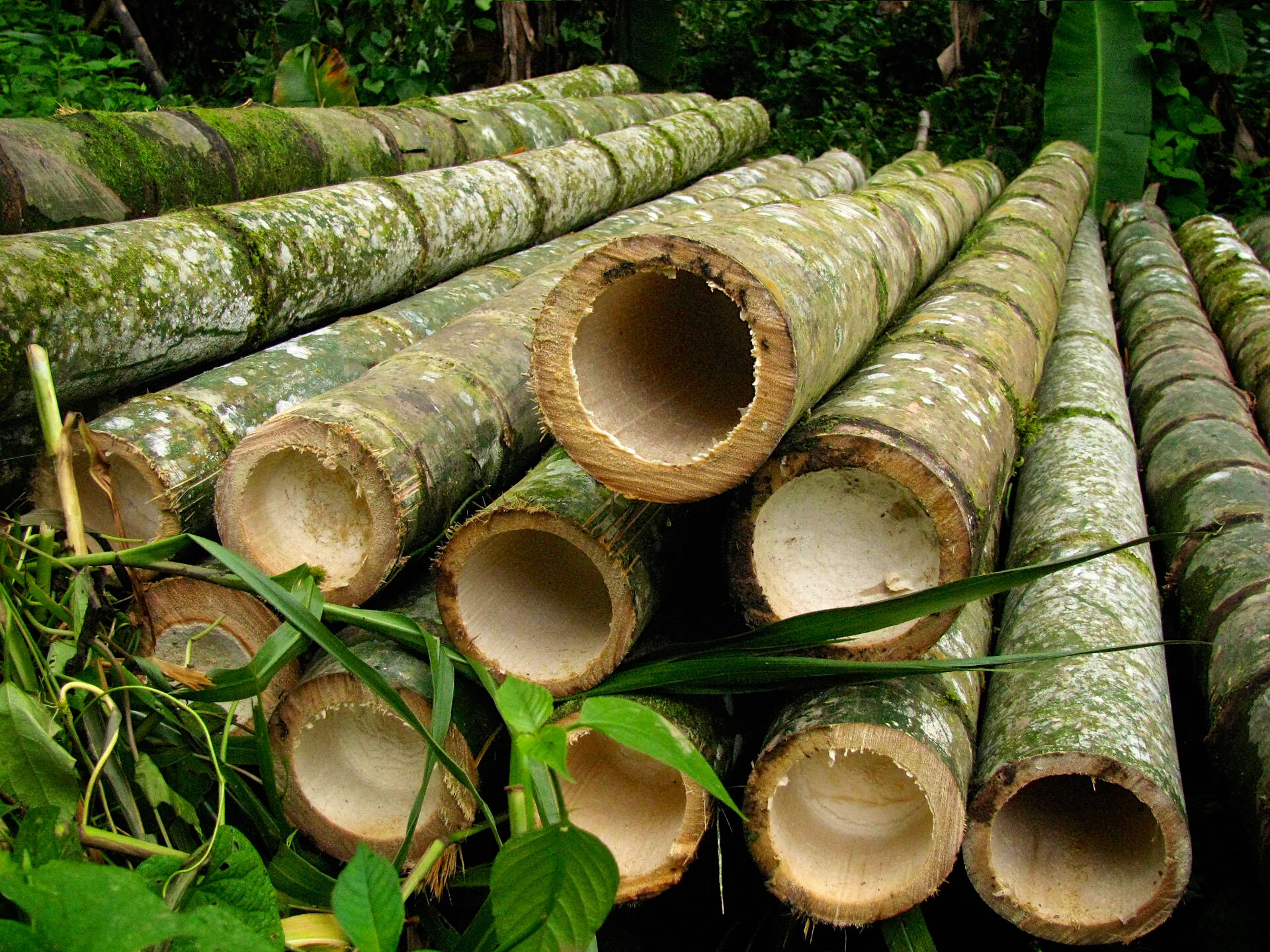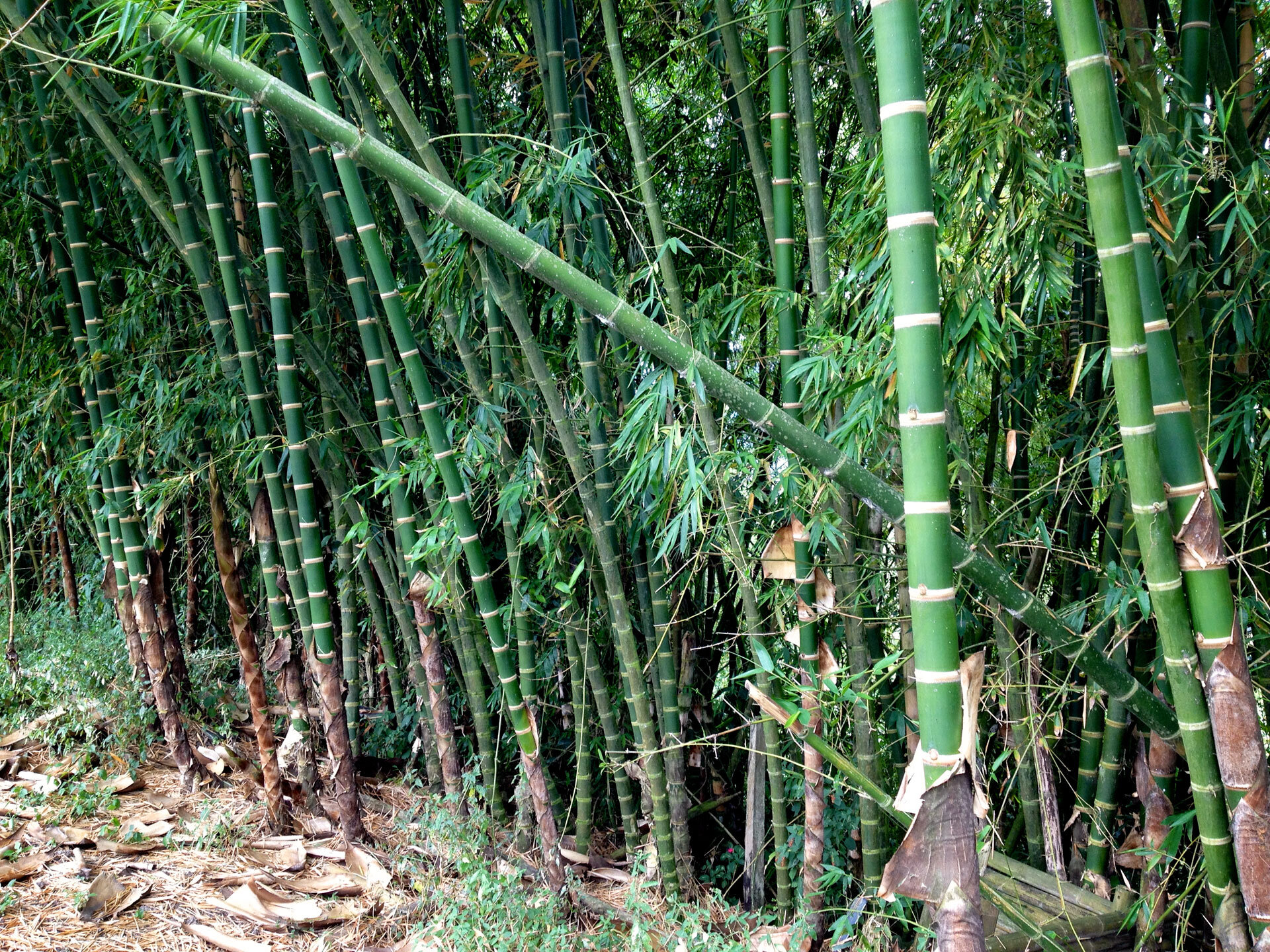Guadua Bamboo Growing Habits
From Seedling to Bamboo Forest
In order to analyze annual stem production and yield projections for a bamboo plantation, it is important to understand how bamboo grows. Since bamboo is a type of grass, the growth and formation of a bamboo forest or plantation is very different than that of trees.
A bamboo plant consist out of roots, a rhizome, a culm, branches and leaves. Such individual bamboo plants form a clump and different clumps form a forest or plantation.
This article will explain Guadua's growth with the sole objective to give potential investors a clear understanding of how "commercial sized stems" develop in a bamboo plantation.
What are Commercial Bamboo Stems?
Just to be clear, you’ll notice that I use both “stem” and “culm” throughout the article which means exactly the same thing. Although “culm” is the correct word to describe a bamboo stem or stalk, it sometimes is confusing when reading “culm” and “clump” (which are completely different things) in the same sentence. For that reason, I often use the word “stem” to avoid any confusion.
The average diameter and height of a Guadua angustifolia culm (stem) is 10.7 cm in diameter and 19.6 m high. This is the average size defined by the genetics of the species, and such culms should normally start to appear approximately 5 years after planting. Once a new shoot appears it can grow 20 m tall in just 4-6 months!! After the culm has reached its full height, it has to mature (become woody) for at least another 4 years. In other words, from planting to the first harvest of large diameter bamboo stems will take on average between 8-9 years! It is also important to note that bamboo culms emerge with a fixed diameter, their diameter or circumference don't increase as they get older.
The average size of the species is an important measurement that indicates if a plantation in a particular location can reach at least these average sizes culms. Poor soil and climate conditions may severely limit the development of Guadua angustifolia, which could translate in culms of only 7cm in diameter and 11m tall. If these are the maximum sizes reached 9 years after planting, you have a serious problem! In the contrary, under exceptional soil fertility, 10 cm diameter stems may already start to appear 3 years after planting.
So, in case of Guadua angustifolia, a commercial bamboo stem is a culm with a diameter of 10 cm or more. It is named as such because those are the culms that are the easiest to market and sell because they have the greatest financial value. These large diameter poles can be used in construction, furniture and industrial use such as laminated panels, beams and floors (just to name a few).
Small diameter culms obviously have a commercial value as well, they can be used as plant support sticks in agriculture, ceiling covers, to produce bio-fuel, etc. However, these small diameter culms will only occur in the first few years of a Guadua plantation, after which only large diameter culms emerge from the soil. For that reason, it is important to put our main focus on those larger “commercial stems” since they are the meat and potatoes of your plantation.
Types of Bamboo Rhizomes
The bamboo rhizome is the underground part of a bamboo culm. However, rhizomes are not roots, roots grow under the rhizome and a culm erects on top of the rhizome. Axillary buds on the rhizome can produce new rhizomes, or new bamboo shoots which grow into culms. Just like the culm, rhizomes have nodes and internodes.
Bamboo rhizomes types are divided into 2 main groups:
Monopodial or running bamboos (invasive, spreading).
Sympodial or clumping bamboos (dense clumps, tufted).
A third category is named sympodial-scattered or “open clumpers”. To this last category belongs the species Guadua angustifolia. Without going into too much detail, this basically means that Guadua will spread but not to the extend that it will take over an entire neighborhood.
See: Types of Bamboo Rhizomes for more information.
What is a Bamboo Clump?
A bamboo clump is a grouping of many genetic identical culms (stems) of the same species, all united by a network of underground rhizomes. These culms have been generated through the continuous process of natural rhizome propagating. A young clump consists of stems with different diameters and heights until new stems reach the average size defined by the genetics of the species.
The formation of a bamboo clump is the result of a small seedling that initiates the natural process of generating several new stems through their rhizomes. These new stems always emerge with greater diameters and heights than the previous mother stem. So for example, a 30cm tall seedling with a 2mm diameter stem will produce new stems of 3mm in diameter, those stems in turn produce several of 5mm, they then produce stems of 1cm, 2cm, 4cm, and so on, until finally stems with over 10cm in diameter and 20m high occur.
This schematic cross-sectional view shows the development of a bamboo clump. The older stems are located at the center of the clump and have smaller diameters and height. The youngest stems are found towards the periphery of the clump and have the greatest diameters and height.
* The red dot in the middle of the illustration marks the planted seedling.
* The full green dots indicate the first culms emerging from the planted seedlings which are usually solid due to the hydration of the fibro-vascular bundles.
The function of a bamboo clump is to continuously colonize more areas of soil with their new stems. Those bamboo stems emerge from the ground with a defined diameter (see video below), stems don’t thicken or increase in size over time such as trees (remember bamboo is a giant grass not a tree). The gain in stem diameter is not achieved in the individual stem, but is achieved by constantly producing larger underground rhizomes which in turn generates stems with larger diameters and height.
The youngest stems always have larger diameters and heights than the previous ones, until they reach their average diameter and height defined by the genetics of the species. This normally happens 5 years after the initial seedlings was planted and increase in diameter and height usually stabilizes by year 9. All the new culms from then on will possess approximately the same diameter and height.
The Formation of a Guadua Bamboo Forest or Plantation
Bamboo forests are formed by a few clumps who naturally expand for decades or centuries of growth, without any human evolvement or pressure. In commercial plantations, many clumps are developed under compact seedling distances to obtain as much culms as possible according to the particular objective of the plantation.
If the objective for the plantation is to produce stems of very large diameters and heights (construction, laminated products), larger planting distances should be considered. Smaller planting distances on the other hand, produce more stems per hectare in the short term, and might be a better and faster solutions for plantations owners who seek to grow bamboo for biomass and bio-fuel purposes.
Seedlings initiated the formation of the clumps, and clumps form a groove, forest or plantation. Initially, in a plantation of one or two years old, the stems are thin (between 0.5 and 3 cm in diameter on average) with heights ranging from 1 to 5 m.
The illustration below shows 4 individual clumps forming a plantation. Each clump has expanded in size by continuously producing bigger and taller stems, generating its new stems in concentric or helical patterns.
When forests are young you can clearly see the grooves formed by the clumps, but as they develop further, they end up losing their initial arrangement and finally appear as a natural forest.
After a certain period of time when the stems have reached their maximum defined genetic size, they will dominate the plantation since older and smaller stems have already died or been harvested. In other words, you’ll only see small diameter Guadua angustifolia culms in young plantations. Older and established plantations will only contain commercial stems with diameters greater than 10cm and heights greater than 20m (under optimal conditions).







